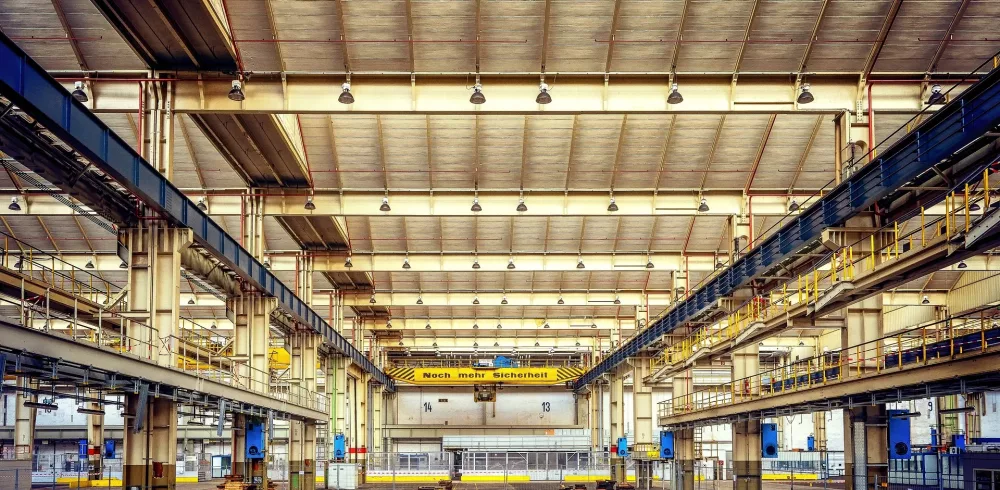In this article split over three parts, Dr Richard Brown looks at effective lighting at work and how it enables safe working. This second part discusses minimum lighting levels and temporary lighting strategies.
Minimum lighting levels
WHAT IS LUX?
Lux is the unit of measurement for illuminance. The difference between lumens and lux can often cause confusion. It can be most easily explained by thinking of luminance as the amount of light emitted from a light source whereas illuminance is the amount of light at a particular point away from the light source. 1 lux means 1 lumen per square metre.
Lighting at Work Guidance HSG38 provides guidance on minimum lighting levels on everyday use inside and outside of buildings and cover the illuminance on the task and illuminance ratios.
Illuminance on the task
The amount of lighting required depends on the amount of detail that a person needs to see and can also depend on the age of the worker and the speed and accuracy by which the task needs to be undertaken. Lighting is measured in the unit, Lux.
Examples of lighting requirements in different work environments and situations
Further details on specific lux levels in different work environments are detailed in the CIBSE “Code of Lighting” A summary of these specific lighting levels for different work environments has been summarised by Kellwood Lighting, see link below. These could be used to highlight the different in different work environments.
CIBSE Recommended Lighting Levels | Lux Requirements (kellwoodlighting.co.uk)
Illuminance ratios
This is explained in HSG 38 on page 30 as ‘The relationship between the lighting of the work area and adjacent areas is important. Large differences in illuminance between them may cause visual discomfort or even affect safety in places where there is frequent movement. This problem arises most often where local or localised lighting indoors exposes an employee to a range of illuminances for a long time, or where the movement between interior and exterior working areas exposes an employee to a sudden change of illuminance. To guard against danger and discomfort, the recommendations in the table below need to be followed’:
This is provided at a cost of £150 by the CIBSE
Temporary lighting strategies
This article has not concentrated on fixed lighting requirements, but the design of these can be aided by the legislation and design specialists. I have provided a few anecdotes from industry to provide some content to lighting issues and some solutions that I have found to be useful.
To read parts one and three please go to finch-consulting.com/insights-and-articles/
Manufacturing & Engineering Magazine | The Home of Manufacturing Industry News













